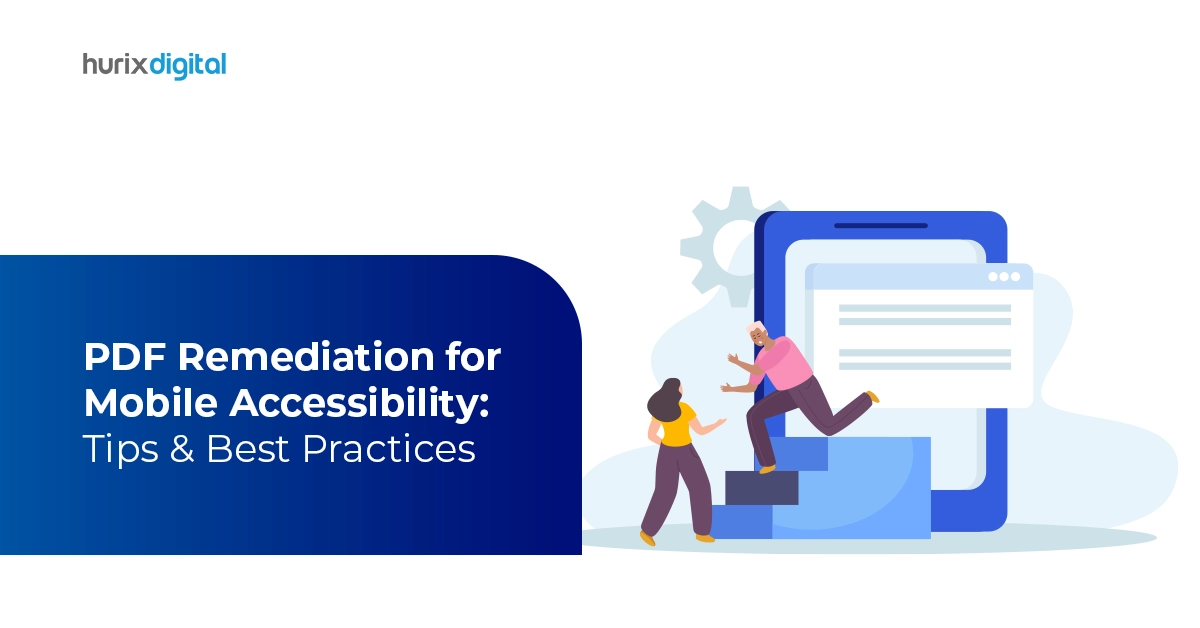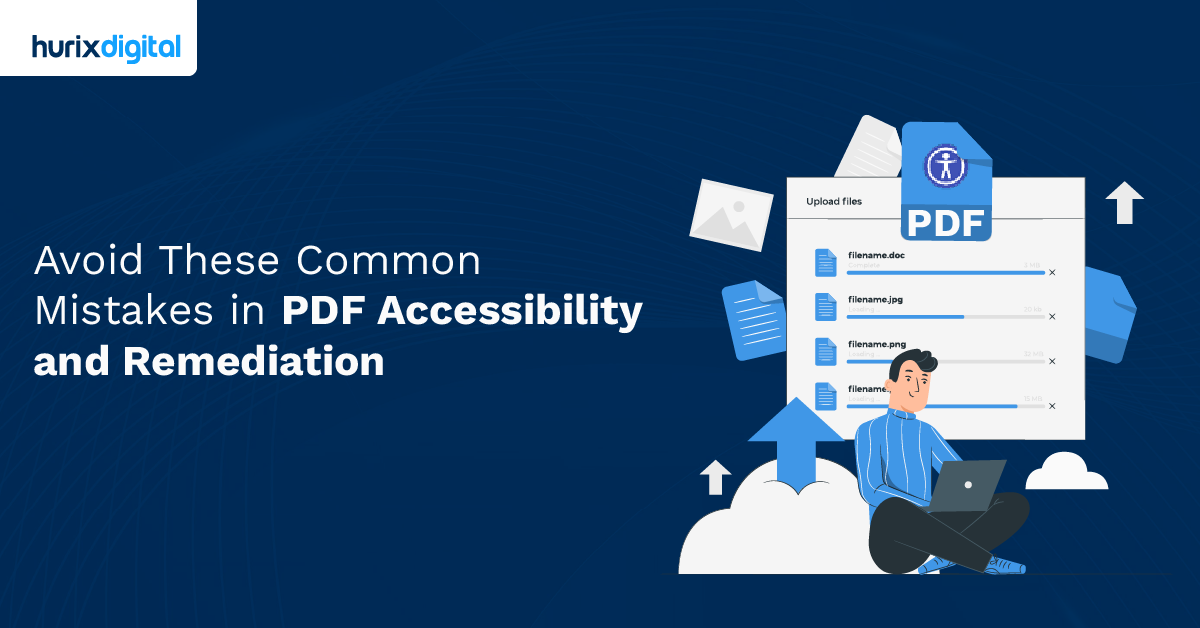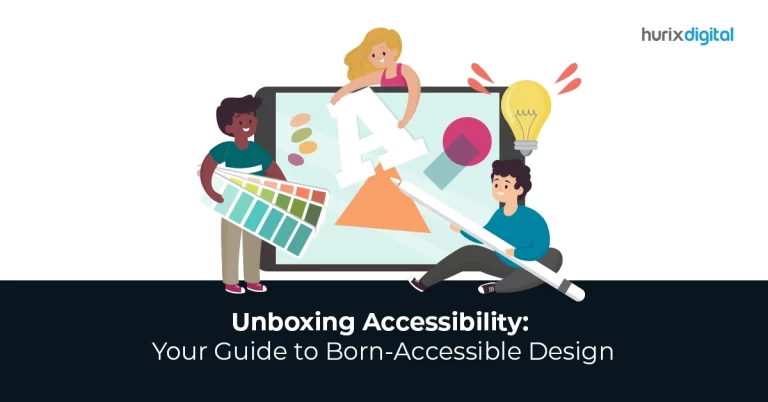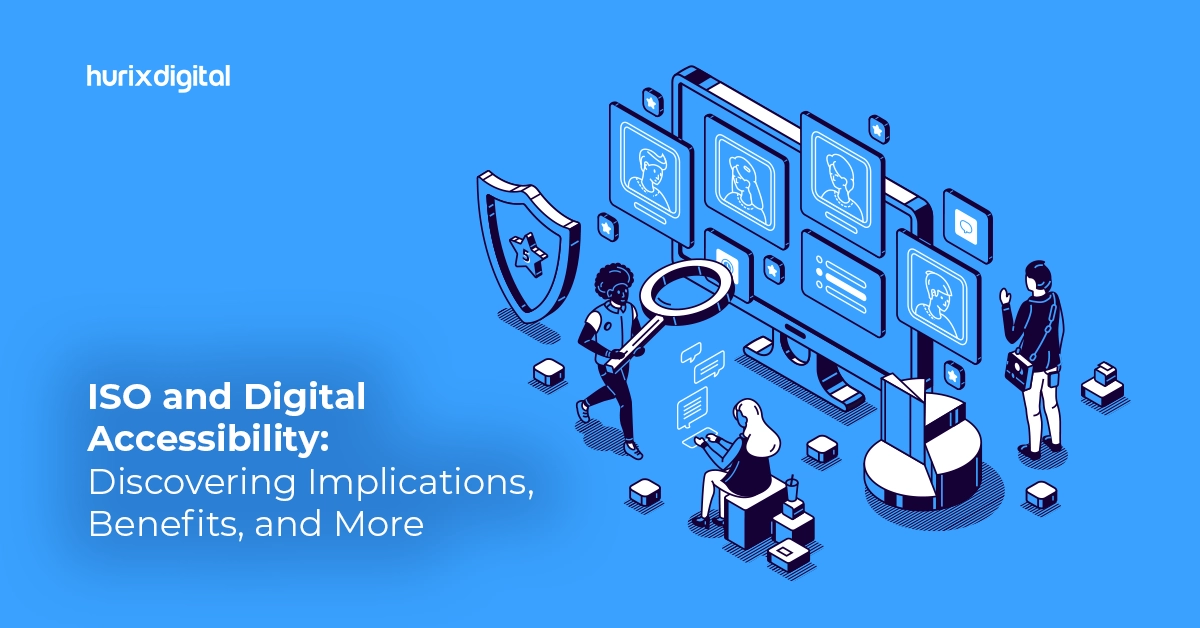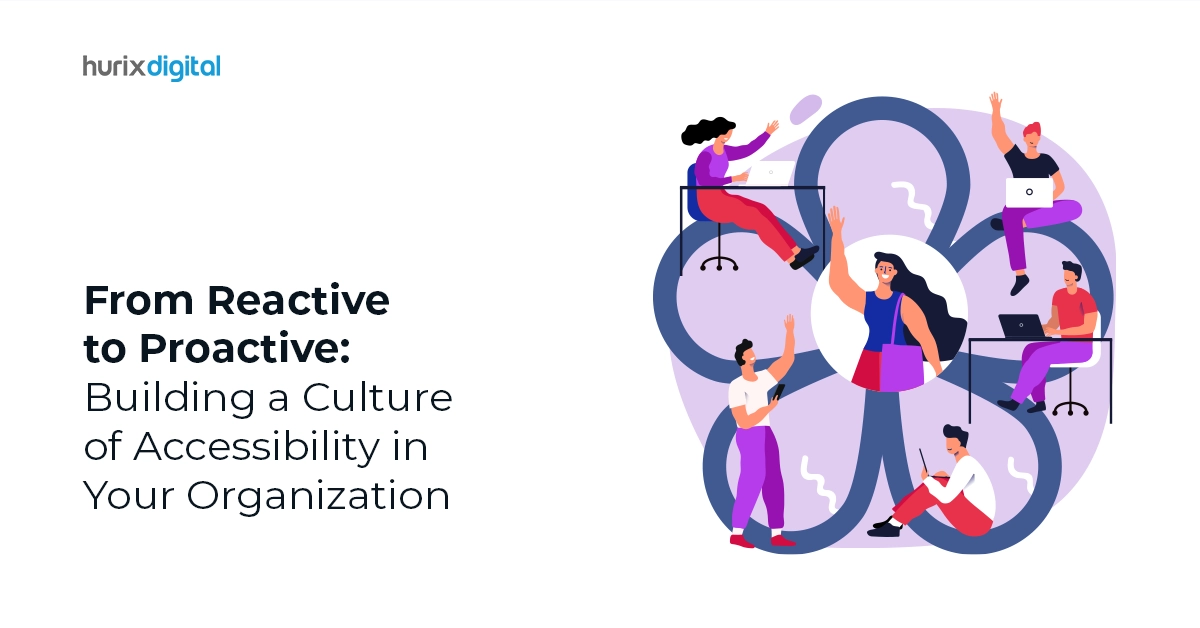
From Reactive to Proactive: Building a Culture of Accessibility in Your Organization
Summary
Learn how to shift from a reactive to a proactive approach in accessibility. This blog discusses strategies for fostering an inclusive culture within your organization.
For businesses of all kinds and sectors, accessibility ought to be a primary concern in the diverse and inclusive world of today. In addition to meeting legal standards, providing accessibility promotes equality, creativity, and respect in society.
A study indicates that in 2024, 78% of organizations are placing more of an emphasis on accessibility culture than they did in prior years. This indicates that businesses are becoming more conscious of the need to prioritize accessibility in their practices and operations.
Although many businesses handle accessibility reactively, responding to problems as they arise, adopting a proactive mindset is crucial to building long-lasting workplace inclusivity for all.
This blog outlines the advantages of creating an accessible culture and offers tips on how businesses can move from reactive to proactive approaches to building an accessibility culture.
Table of Contents:
- Significance of an Accessibility Culture in Your Organization
- The Reactive Method for Ensuring Accessibility Culture
- The Proactive Method for Ensuring Accessibility Culture
- Creating an Accessibility Culture in Your Company
- Takeaway
Significance of an Accessibility Culture in Your Organization
Encouraging an accessible culture is crucial for establishing inclusiveness, diversity, and equality among all workers and stakeholders. Fostering a more inclusive workplace is not only an act of social responsibility, but it also makes business sense from both a social and financial point of view.
Businesses that adopt accessibility best practices gain several benefits, including improved efficiency, innovation, imagination, and talent retention. Furthermore, they gain from enhancing the credibility and image of their brand, along with creating a positive work environment.
A diverse workforce also, more accurately, represents the society in which we live. Businesses can be able to comprehend the demands of the market and target demographics on a larger and more thorough level in this way.
Apart from the many positive corporate benefits, organizations must never lose sight of the primary goal of accessibility requirements, which is to value diversity and encourage greater equity and social inclusion in the labor market.
Also Read: The Beginner’s Guide to Accessibility Remediation – What You Need to Know!
The Reactive Method for Ensuring Accessibility Culture
The response to accessibility concerns only when issues are raised or legal compliance is required is known as the reactive method. This may include quick remedies to resolve the ongoing accessibility issues on digital platforms, adjusting physical spaces to accommodate diverse needs, or introducing alternative formats for communication in the organization.
However, Ad hoc solutions that might not adequately meet the needs of people with disabilities or establish a long-lasting inclusive environment are frequently the outcome of this reactive approach.
Reactive approaches to accessibility issues may result in higher expenses, harm to one’s reputation, and the loss of innovative and expansion opportunities.
The Proactive Method for Ensuring Accessibility Culture
Integrating accessibility principles into all facets of an organization’s operations, culture, and decision-making procedures is known as a proactive approach to accessibility. By proactively addressing accessibility concerns, organizations can build an inclusive environment that benefits everyone, encourages innovation, and improves the general well-being of staff members and clients.
Among the main advantages are:
- Innovation and Creativity: Proactive accessibility initiatives can stimulate creative thinking and spur the development of innovative solutions that improve user experiences for everyone, including those with disabilities.
- Employee Engagement: By fostering an inclusive and encouraging work environment where everyone feels appreciated and valued, an accessible culture can raise employee morale, participation, and efficiency.
- Customer Satisfaction: By offering accessible goods, services, and experiences that cater to a range of user needs, proactive approaches to accessibility issues can enhance customer satisfaction, commitment, and retention. According to research, 92% of businesses reported an increase in customer satisfaction as an outcome of improved accessibility practices.
- Legal Compliance: Organizations can reduce legal risks, adhere to regulations, and steer clear of expensive litigation resulting from accessibility violations by proactively promoting accessibility.
- Positive Brand Image: Exhibiting a dedication to an accessible culture improves the standing and perception of your company. By implementing proactive methods, you can positively impact clients, associates, and the community at large by expressing the ideals of social responsibility, justice, and compassion through fostering inclusivity and diversity.
Creating an Accessibility Culture in Your Company
Building unambiguous accessibility standards, encouraging user participation, and creating an accessibility-first culture are the cornerstones of a proactive accessibility strategy. Here’s how to do it:
1. Accessibility-First Mindset
Raising digital accessibility awareness among all organization members is necessary for fostering an accessibility-first mentality. Frequent accessibility training courses and seminars can aid in increasing knowledge and proficiency about accessibility standards.
2. Get Users Involved Ahead of Schedule
A plan is only as effective as how it is carried out. Early and often in the product development process, involve people with a variety of abilities in user testing to make sure that accessibility functions suit the requirements of all consumers.
3. Clearly Define Your Accessibility Standards
Using internationally accepted guidelines such as the Web Content Accessibility Guidelines (WCAG), establish and enact clear accessibility standards. Establishing these requirements gives designers and programmers an understandable structure to work within while also ensuring compliance.
4. Collaboration and Partnerships
Form alliances to share efficient procedures, collaborate on ideas, and work together on accessibility projects with community organizations, disability advocacy groups, and industry peers. Use outside resources and experience to improve the accessibility initiatives of your company.
5. Provide Assistive Technology
The business must ensure that employees with disabilities have access to assistive technology or organizational accessibility tools. The organization might, for instance, provide screen readers for people with low vision or blindness.
Additionally, they could offer voice recognition software, which would eliminate the need for a mouse when using a computer by those with mobility issues.
6. Perform Accessibility Audit
To check whether the accessibility implementation has been a success within your organization, opt for a self-audit. Examine the resources your teams utilize as well as your actual workspaces when conducting your analysis; don’t just focus on your digital products. It will be much easier to establish accessibility as the focal point of your culture if you place more of a priority on it.
Maintain extremely stringent records that are as detailed as possible and include links to particular WCAG or Section 508 decisions. This will clearly show where the issues are, how they transgress any standards and the best course of action for resolving each issue.
Also Read: 7 Reasons Why You Must Consider Web Accessibility Solutions
Takeaway
An important development in the organization’s approach to corporate accessibility is the shift from reactive to proactive and predictive accessibility strategies. As we move farther into the digital age, this kind of shift is no longer only beneficial but also essential for business operations.
Organizations can guarantee an inclusive user interface that benefits all users by incorporating accessibility into the design phase and anticipating possible problems before they arise. It improves consumer happiness, compliance, brand image, and, eventually, profitability.
If you are looking for effective solutions for building an accessibility culture in your organization, get in touch with Hurix Digital. Our services encompass accessibility audits and best practices implementation to guarantee that your website or applications are accessible to people with disabilities and offer an equitable user experience for them.
Get in touch to learn more!

Vice President – Digital Content Transformation. He is PMP, CSM, and CPACC certified and has 20+ years of experience in Project Management, Delivery Management, and managing the Offshore Development Centre (ODC).
